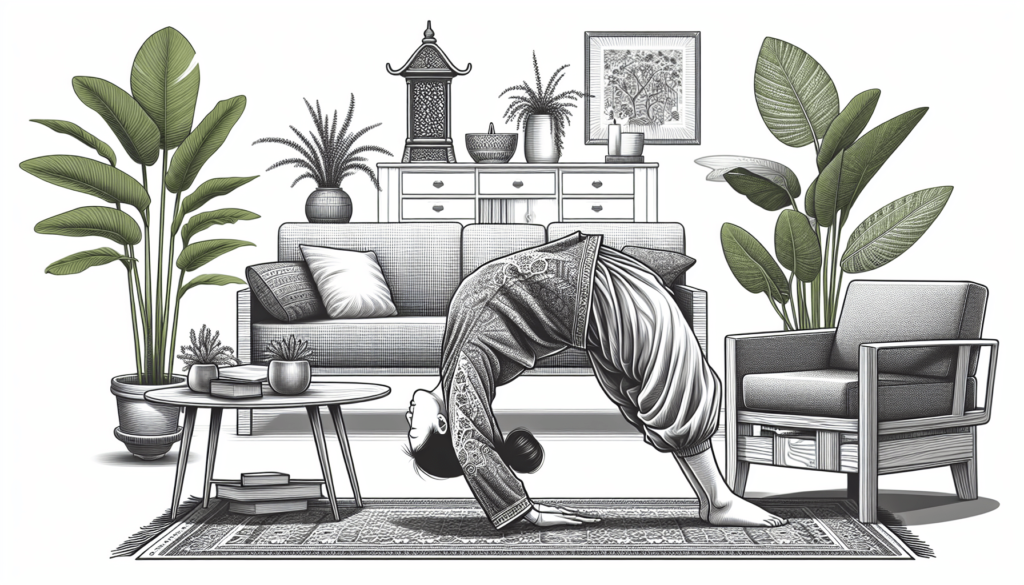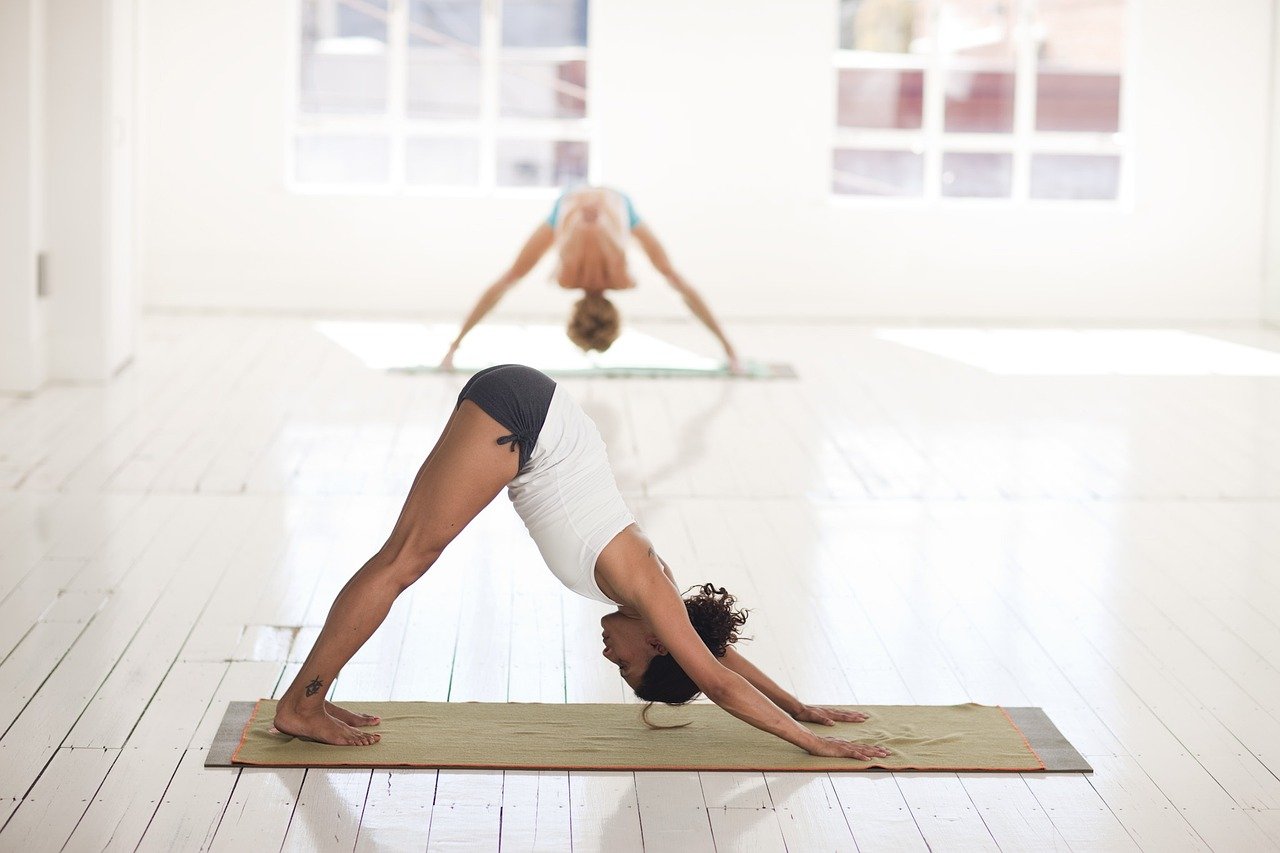Hello there! Have you ever wondered about the potential risks of practicing advanced yoga poses in the comfort of your own home? While it may be tempting to tackle challenging poses without the guidance of a trained instructor, it’s important to consider the potential dangers involved. From overstretching and muscle strains to more serious injuries like herniated discs, practicing advanced poses without proper supervision can put you at risk for a variety of physical setbacks. It’s always a good idea to seek guidance from a certified yoga teacher to ensure you are safely progressing in your practice. What Are The Risks Of Practicing Advanced Yoga Poses At Home?
Have you recently started practicing advanced yoga poses at home? While it’s great to challenge yourself and explore new poses, it’s important to be aware of the potential risks involved. In this article, we will discuss the potential risks of practicing advanced yoga poses at home and provide you with tips on how to practice safely.
Understanding the Risks
Practicing advanced yoga poses can be incredibly beneficial for your physical and mental well-being. However, these poses also come with an increased risk of injury if not performed correctly. It’s crucial to understand the potential risks involved so that you can take steps to mitigate them.
When attempting advanced yoga poses at home, you may not have the guidance of a qualified instructor to correct your alignment or provide modifications. This lack of supervision can increase the risk of injury, especially if you push yourself too hard or try poses beyond your current skill level.
Lack of Proper Warm-Up
One of the main risks of practicing advanced yoga poses at home is the lack of a proper warm-up routine. Without a qualified instructor to guide you through a thorough warm-up, you may be more prone to muscle strains, sprains, and other injuries.
It’s essential to incorporate a comprehensive warm-up routine into your home yoga practice to prepare your body for the demands of advanced poses. This can include gentle stretches, dynamic movements, and breathing exercises to increase blood flow, improve flexibility, and reduce the risk of injury.
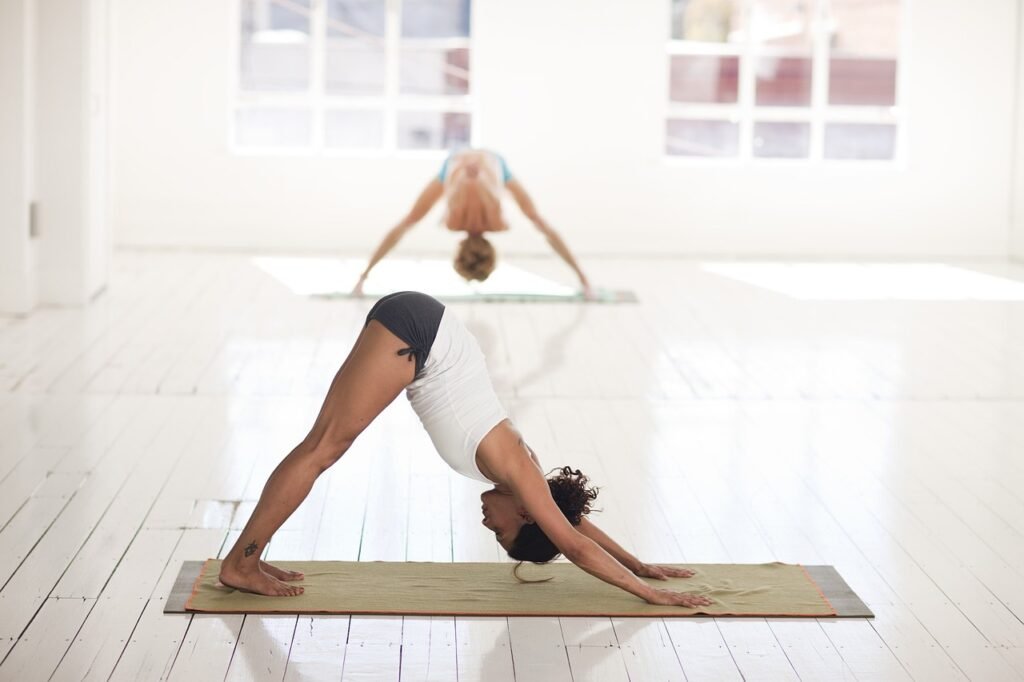
This image is property of pixabay.com.
Common Injuries Associated with Advanced Yoga Poses
While practicing advanced yoga poses can enhance your strength, flexibility, and balance, it’s essential to be aware of the common injuries associated with these poses. By understanding these potential risks, you can take precautions to prevent injury and practice safely at home.
Strains and Sprains
One of the most common injuries associated with advanced yoga poses is muscle strains and ligament sprains. Overstretching or pushing your body beyond its limits can lead to soft tissue injuries, causing pain, swelling, and limited range of motion.
To reduce the risk of strains and sprains, it’s essential to listen to your body, avoid forcing yourself into poses, and focus on proper alignment and engagement. Additionally, incorporating rest days into your yoga practice can help prevent overuse injuries and promote recovery.
Joint Dislocation
Certain advanced yoga poses, such as arm balances and inversions, put significant stress on the joints, particularly the shoulders, wrists, and elbows. Without proper alignment and stability, you may be at risk of joint dislocation, which can result in severe pain and long-term damage.
To protect your joints during advanced poses, it’s crucial to build strength gradually, engage the muscles surrounding the joints, and use props or modifications as needed. Consulting with a qualified yoga instructor or physical therapist can also help you learn proper alignment and prevent joint injuries.
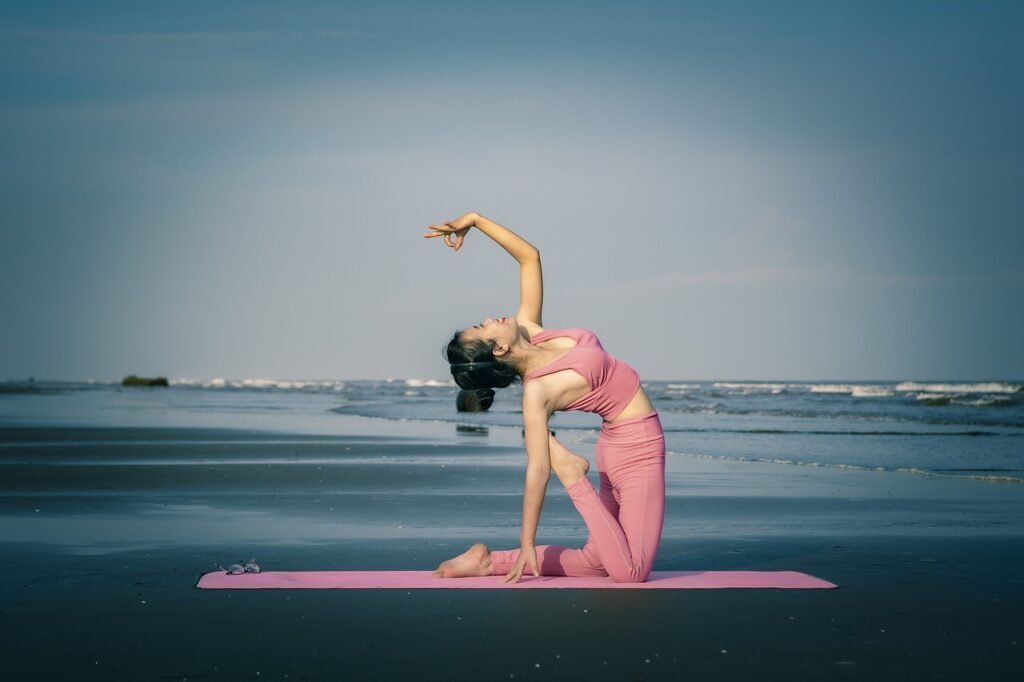
This image is property of pixabay.com.
Tips for Practicing Safely at Home
While there are risks associated with practicing advanced yoga poses at home, there are steps you can take to minimize the likelihood of injury and create a safe and effective practice environment. By following these tips, you can enjoy the benefits of advanced poses while reducing the potential risks.
Listen to Your Body
One of the most important aspects of practicing advanced yoga poses at home is listening to your body and honoring its limits. If a pose feels uncomfortable or causes pain, it’s essential to back off, modify, or skip it altogether. Pushing through pain or discomfort can lead to injury and hinder your progress.
By tuning into your body’s feedback and practicing mindfulness, you can develop a deeper awareness of your physical and emotional needs during your yoga practice. Remember that yoga is a personal journey, and it’s okay to modify poses or take breaks as needed to stay safe and comfortable.
Invest in Proper Equipment
To practice advanced yoga poses safely at home, it’s crucial to invest in proper equipment, such as a high-quality yoga mat, blocks, straps, and bolsters. These props can provide support, stability, and alignment assistance during challenging poses, reducing the risk of injury and enhancing your practice.
When choosing yoga equipment, opt for eco-friendly and durable materials that offer sufficient grip and cushioning. Additionally, consider the type of yoga you practice and select props that align with your goals and preferences. Investing in quality equipment can enhance your practice and help you perform advanced poses with confidence and ease.
Seek Professional Guidance
While practicing yoga at home can be convenient and empowering, it’s essential to seek professional guidance and instruction to ensure that you’re performing advanced poses safely and effectively. Working with a qualified yoga instructor or attending regular classes can provide you with personalized feedback, corrections, and modifications tailored to your skill level and goals.
By enrolling in online classes, workshops, or private sessions, you can receive expert guidance and support to advance your practice, improve your technique, and prevent injuries. A knowledgeable instructor can help you refine your alignment, deepen your practice, and cultivate a safe and sustainable yoga routine that aligns with your needs and aspirations.
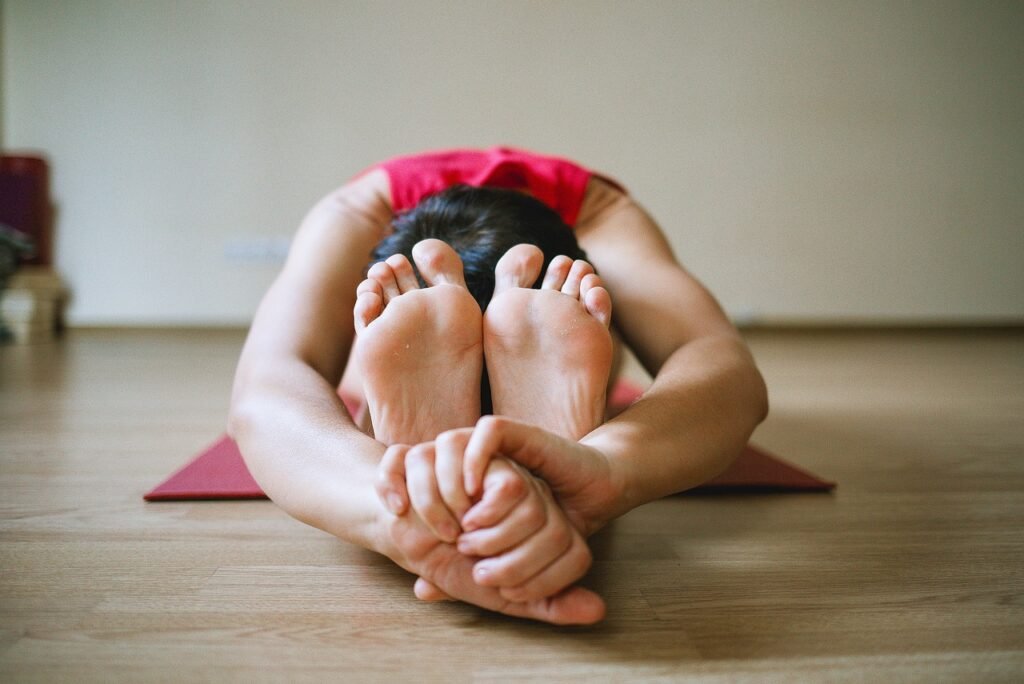
This image is property of pixabay.com.
Conclusion
As you explore advanced yoga poses at home, it’s crucial to be aware of the potential risks involved and take proactive steps to practice safely. By understanding the common injuries associated with advanced poses, incorporating a proper warm-up routine, and following expert guidance, you can minimize the risk of injury and create a rewarding and sustainable yoga practice.
Remember that yoga is a journey of self-discovery and self-care, and it’s essential to prioritize your well-being and listen to your body throughout your practice. By cultivating mindfulness, building strength gradually, and seeking professional instruction, you can enjoy the benefits of advanced yoga poses while reducing the risks and embracing the transformative power of the practice. Practice safely, stay present, and honor your body’s wisdom as you embark on your advanced yoga journey at home.
